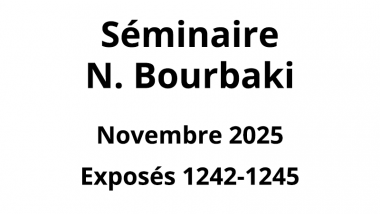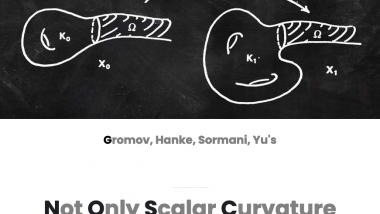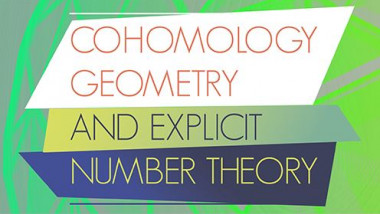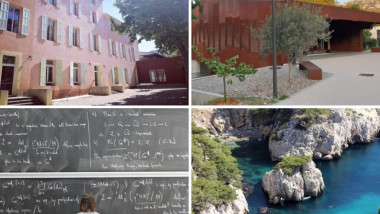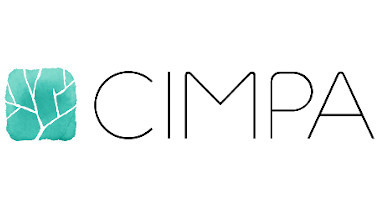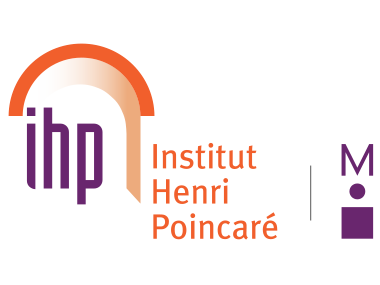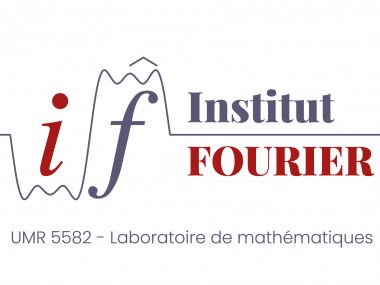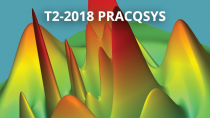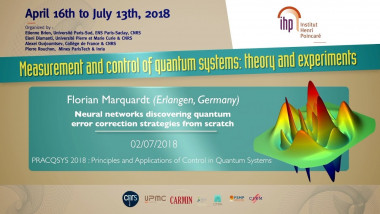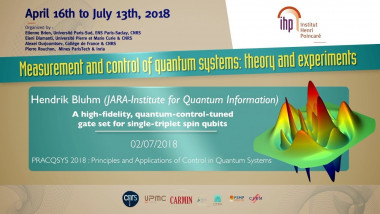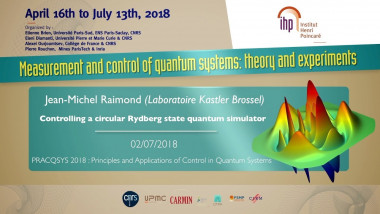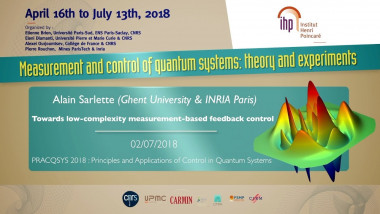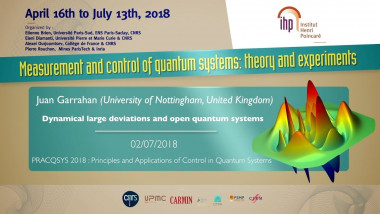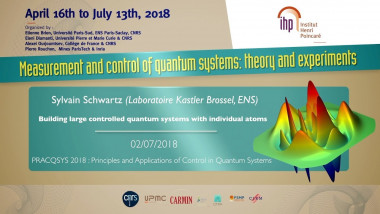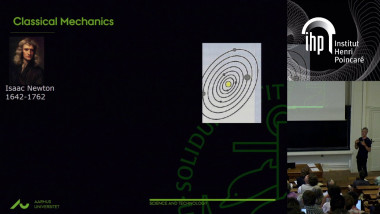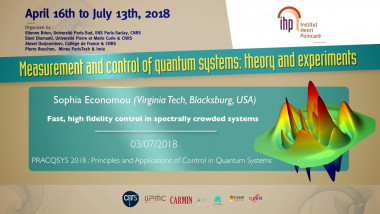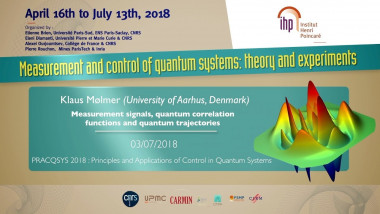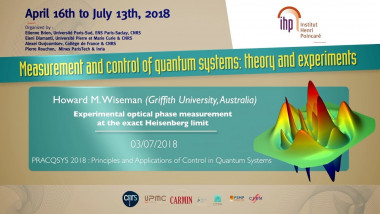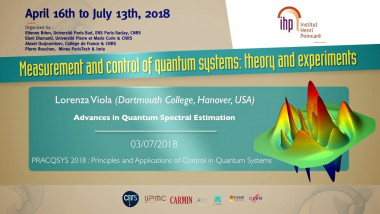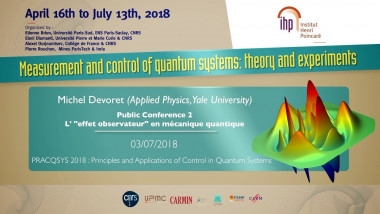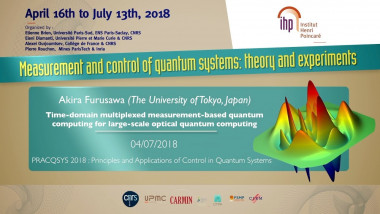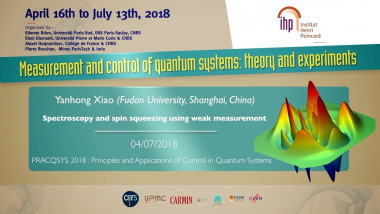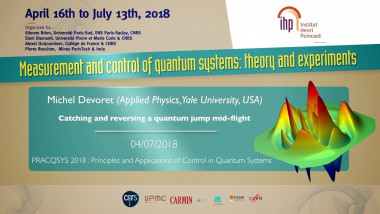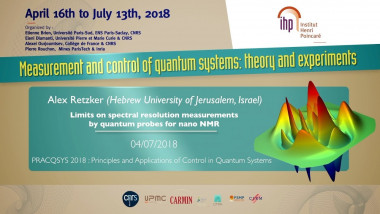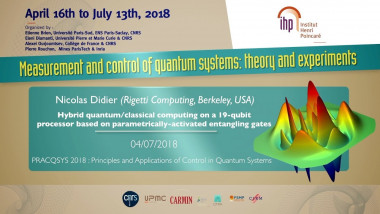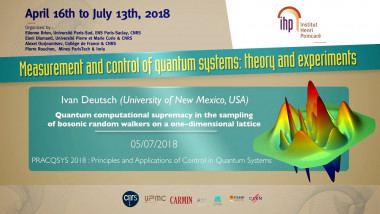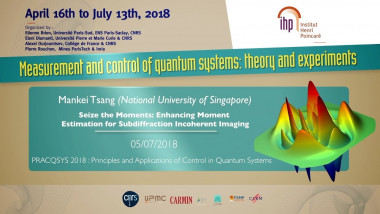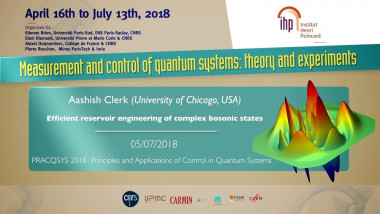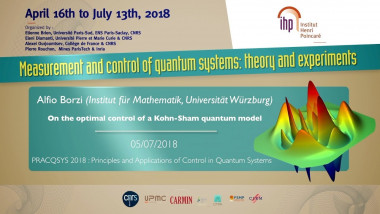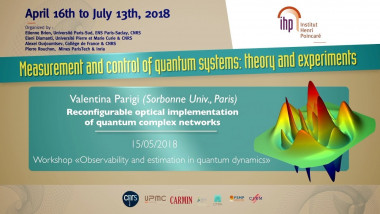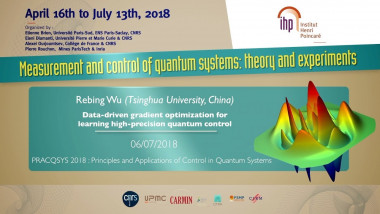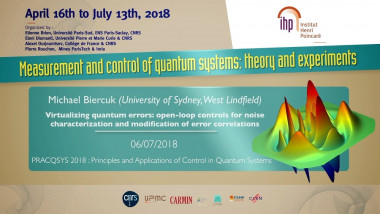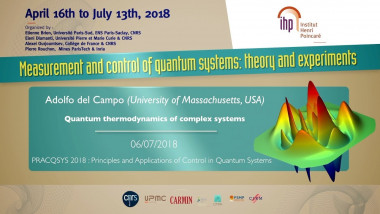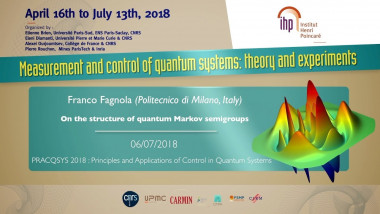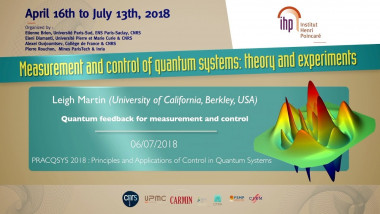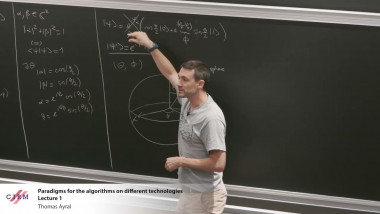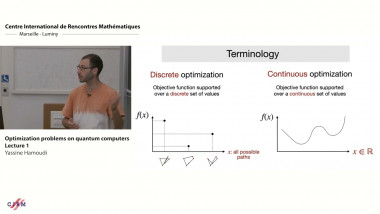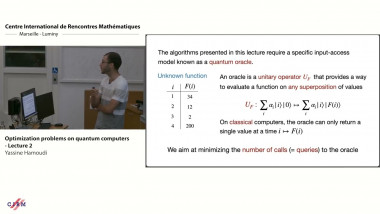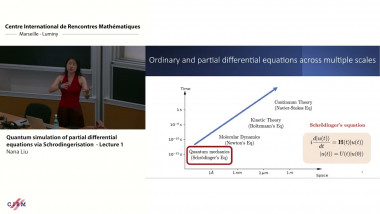Measurement signals, quantum correlation functions and quantum trajectories
By Klaus Mølmer
Noise correlations in experiments played a pertinent role in the establishment of the non-classical properties of light. Glauber’s theory of photodetection and the master equation for light emitting quantum systems permit calculation of average signals and signal correlations, and for decades these theories formed the main curriculum of theoretical quantum optics (supplemented with occasional reference to the intuition of quantum jumps). With the development of quantum trajectory theory, we now track the dynamics of the state of individual, open quantum systems, conditioned on a real (or simulated) measurement record. This theory establishes a link between master equation theory and the general theory of quantum measurement and it fills a need for the modelling and control of such systems. After a brief review of the above concepts, I shall turn to a discussion of how the measurement back action in the quantum trajectories establishes a conditioned dynamics and hence not only an occasional, but a general connection with the correlation functions that we can obtain from master equations. Building on this insight, we shall go beyond Glauber and discuss less conventional, out-of-time-order correlation functions and experimental schemes that can measure them.
